What is the tolerance range of precision screws?
What is the tolerance range of precision screws?
Service Hotline
+86760-8787 8587We have more than ten years of production experience in the screw industry. The main products are: countersunk head flat head bolts, machined bolts, through-hole hexagonal pressure riveting studs, round isolation columns, punching meson washers, saddle elastic flat washers, hexagonal step nuts, ISO pin, nut with lock cap, black zinc 304 stainless steel screw, brass male hexagon screw, GB878 slotted male threaded cylindrical pin, Dacromet hexagon nut, hexagonal rivet pull female through hole nut, reverse thread hexagon socket head bolt etc. Firmware, due to different product materials and specifications, the price is also different, please contact us if necessary.


hand screw is a screw with a plastic head, and the user fixes the hand screw by turning the plastic head by hand. At present, a hand screw is disclosed in the market publication number CN202203253U, which includes a plastic head and a screw rod, the plastic head and the screw rod are connected together, and the height of the plastic head is higher than that of an ordinary screw, and the height is 12 cm. The screw of the hand screw is fixed in the plastic head by glue. After a period of use, the aging of the glue leads to the loosening of the screw and the plastic head. When the plastic head is stressed, the screw rod comes out of the plastic head, which affects the normal use of the hand screw.
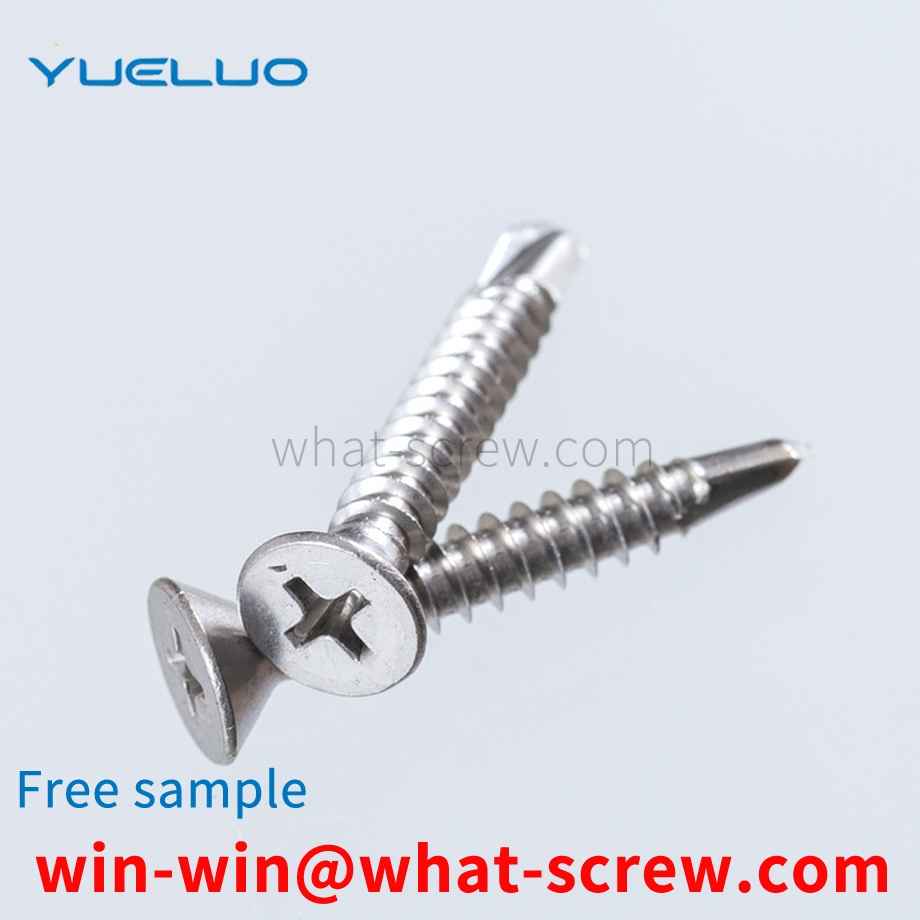
Material and process requirements The self-tapping locking screw should be made of high-quality carburized steel cold heading, generally no larger than M12. The finished material should be drawn with a high total reduction rate before cold heading, so that the cold heading must be spheroidized. Annealing, in order to enhance the surface hardness and the toughness of the core, most of them are made of medium and low carbon steel. The chemical composition of the material in the standard is only for guidance. The C content is 0.13%~0.37%, the Mn content is 0.64%~1.71%, and the B content can reach 0.005%. The elements of S, P, Mn and Si in the commonly used steel are generally lower than those of the ordinary bolt steel of the same grade. And the surface quality of the material is strictly controlled to reduce deformation resistance and prevent deformation and cracking. Commonly used grades are 20Mn, 15MnB, SWRCH22A, 1022A and medium carbon steel, medium carbon alloy steel SWRCH35K, SCM435, SCR435, etc. Self-tapping locking screws are threads with an arc-shaped triangular cross-section, so the formulation of cold heading and wire rolling processes, as well as the design and manufacture of cold heading dies and special rolling plates are very important. Self-tapping locking screws require a high-hard surface for cutting and extruding capabilities due to the need for self-tapping low carbon steel. At the same time, there must be sufficient core strength and toughness to prevent twisting and breaking during work. The heat treatment process of this type of screw belongs to shallow carburizing. Regardless of whether it is made of low carbon steel or medium carbon or medium carbon alloy steel, its core hardness must be guaranteed to be within the range of 28~38HRC (9.8 grade) 33~39HRC (10.9 grade) and not less than the minimum tensile load of 930MPa (9.8 grade), 1040MPa (grade 10.9), depending on the material, the minimum tempering temperature is 420℃. In order to ensure that the self-tapping locking screw can be smoothly screwed into the prefabricated cylindrical hole, the end of the screw should be hardened by high-frequency quenching to ensure that at least one to three thread teeth are hardened, and the minimum surface hardness is 45HRC.
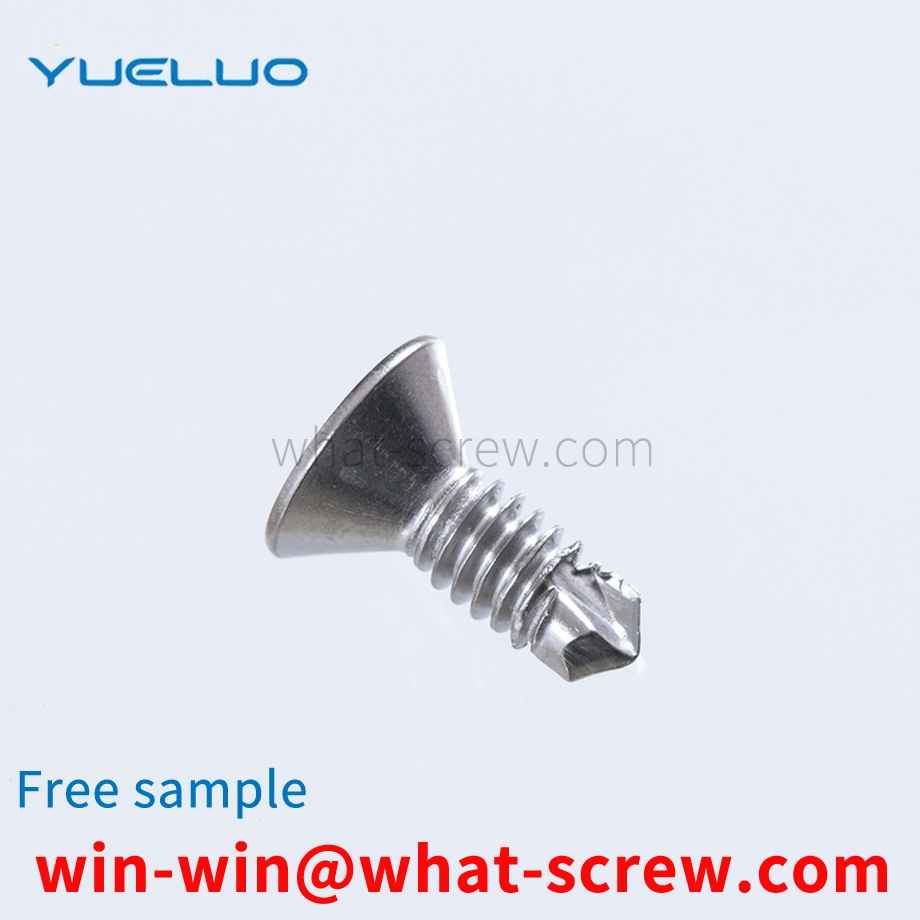
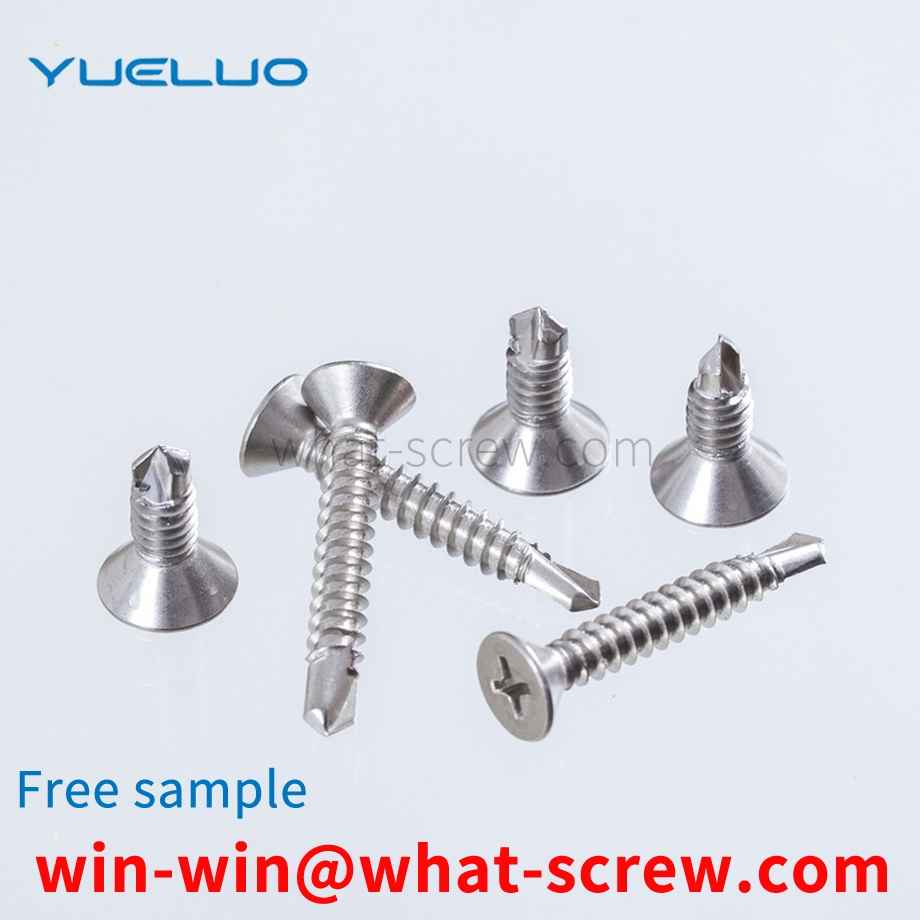
1. For the lock ring of the anti-dropping nut, snap the ring into the lock, tighten the lock claw, and the lock claw is fastened into the thread. The lock claw does not have thread characteristics, and it is difficult for the nut to be threaded during the vibration process of the machine. If it fails, the locking claw acts as a tightening nut, but it does not have the problem of loosening itself like the locking nut.
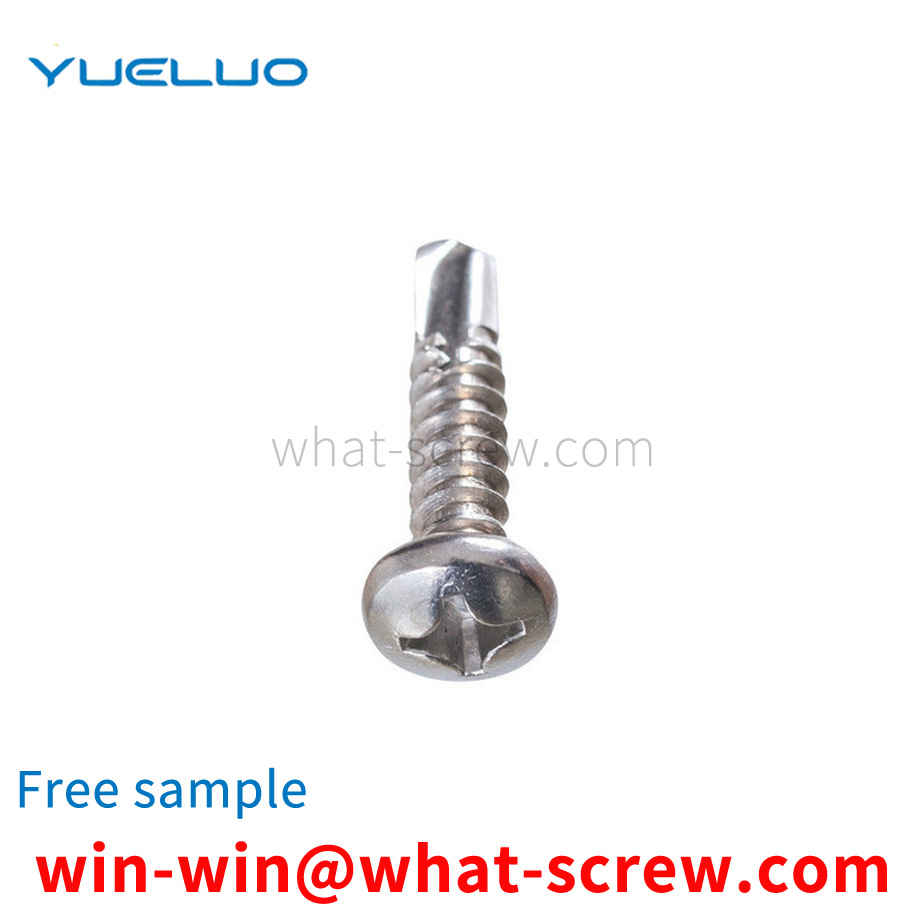
1. When the main body is large equipment, accessories need to be installed, such as sight glass, mechanical seal seat, deceleration frame, etc. At this time, a stud bolt is used, one end is screwed into the main body, and the other end is equipped with a nut after the accessory is installed. Since the accessory is often disassembled, the thread will be worn or damaged, and it is very convenient to use the stud bolt to replace. 2. When the thickness of the connecting body is very large and the bolt length is very long, stud bolts will be used. 3. It is used to connect thick plates and places where it is inconvenient to use hexagonal bolts, such as concrete roof trusses, roof beam suspension monorail beam suspension parts, etc.
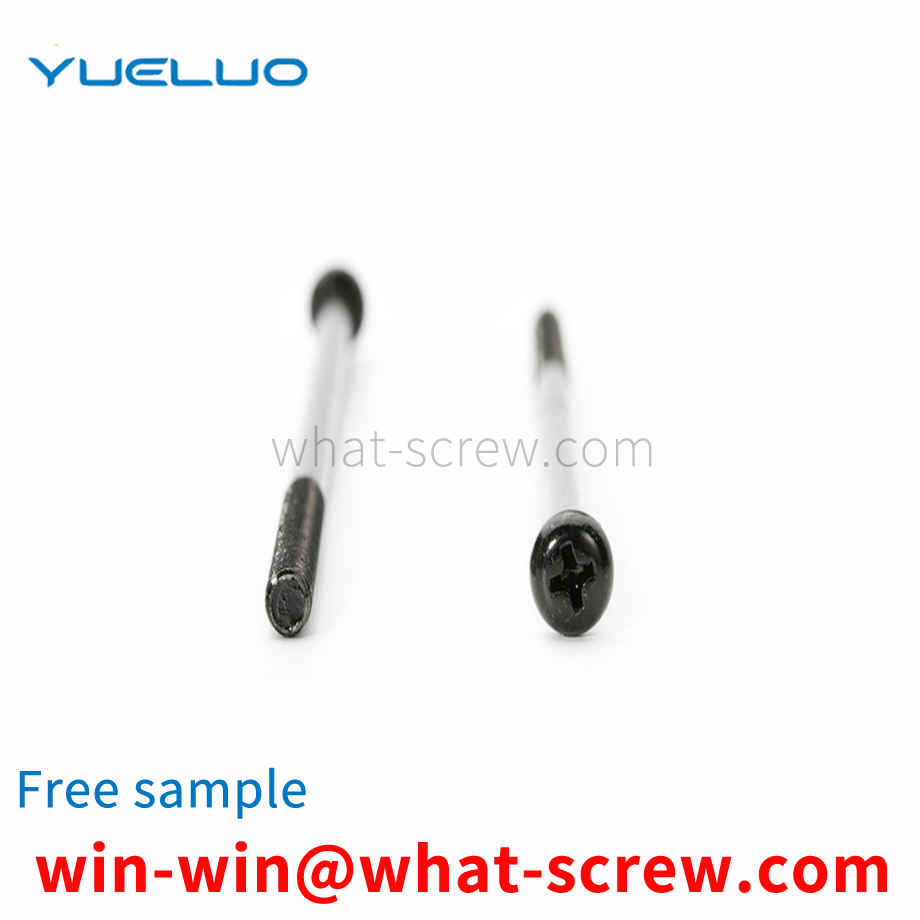
The above content is uploaded by Yueluo or the Internet. If there is any copyright issue, please contact [email protected].

What is the tolerance range of precision screws?

How to choose the right stainless steel screw manufacturer?

Why is there an R angle under the head of the hexagon head s...
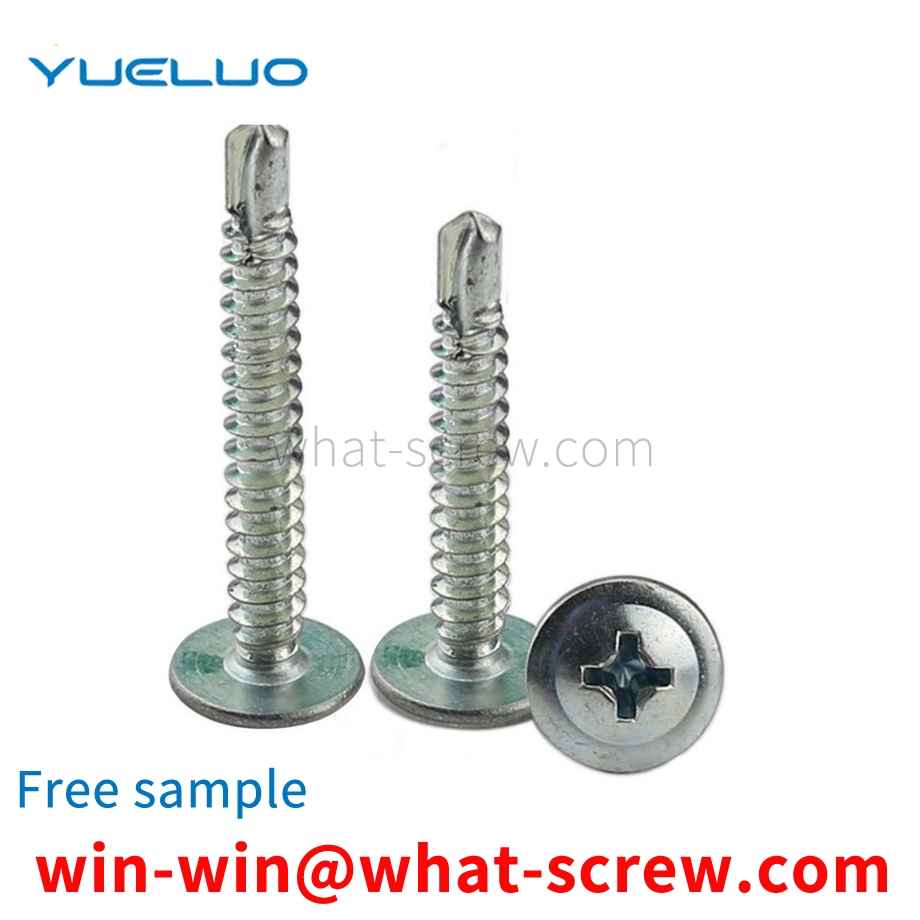
We have more than ten years of screw industry production exp...
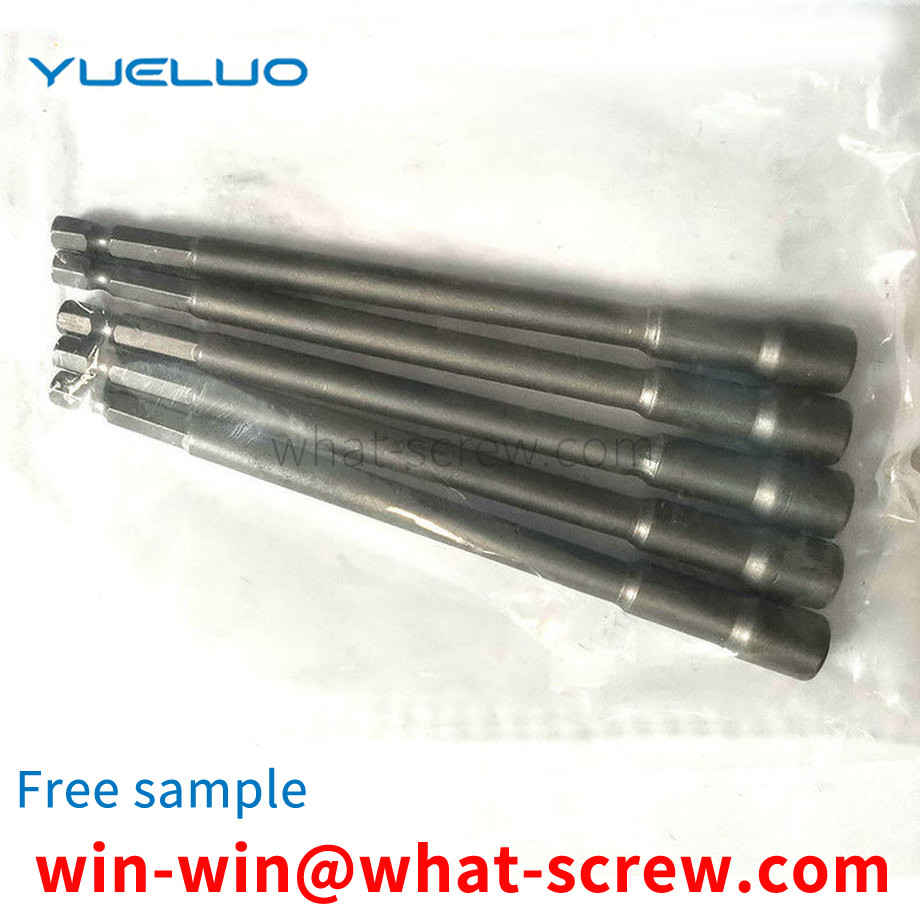
We have more than ten years of experience in the production ...
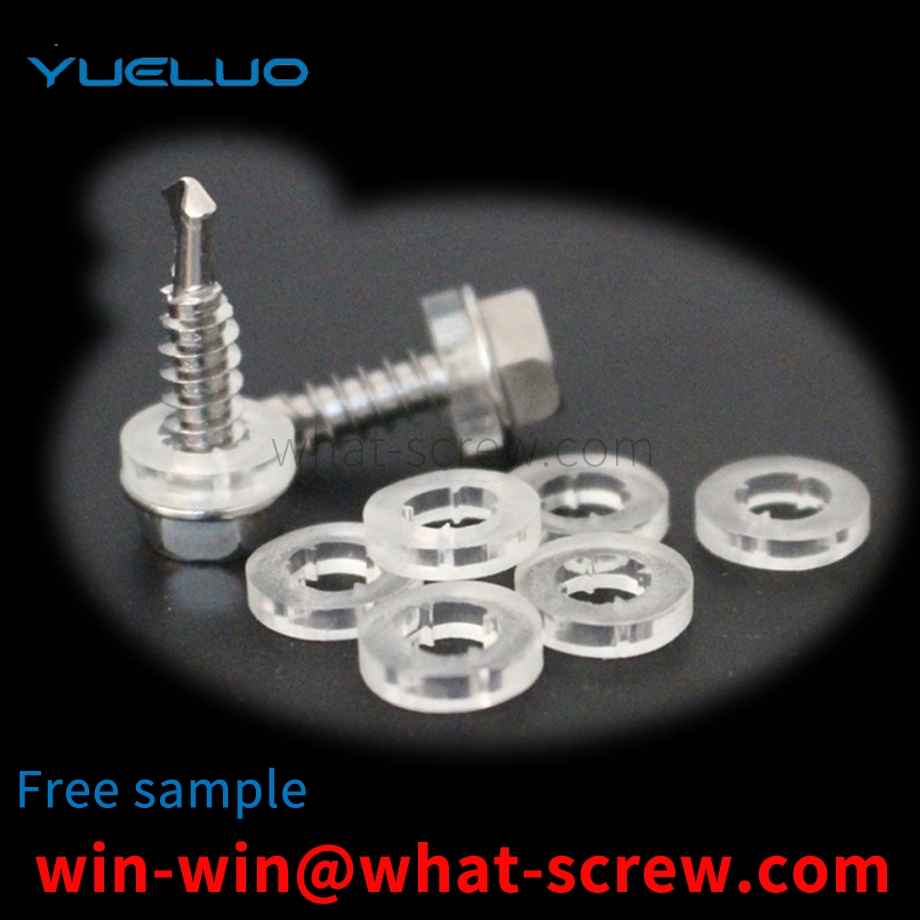
We have more than ten years of production experience in the ...
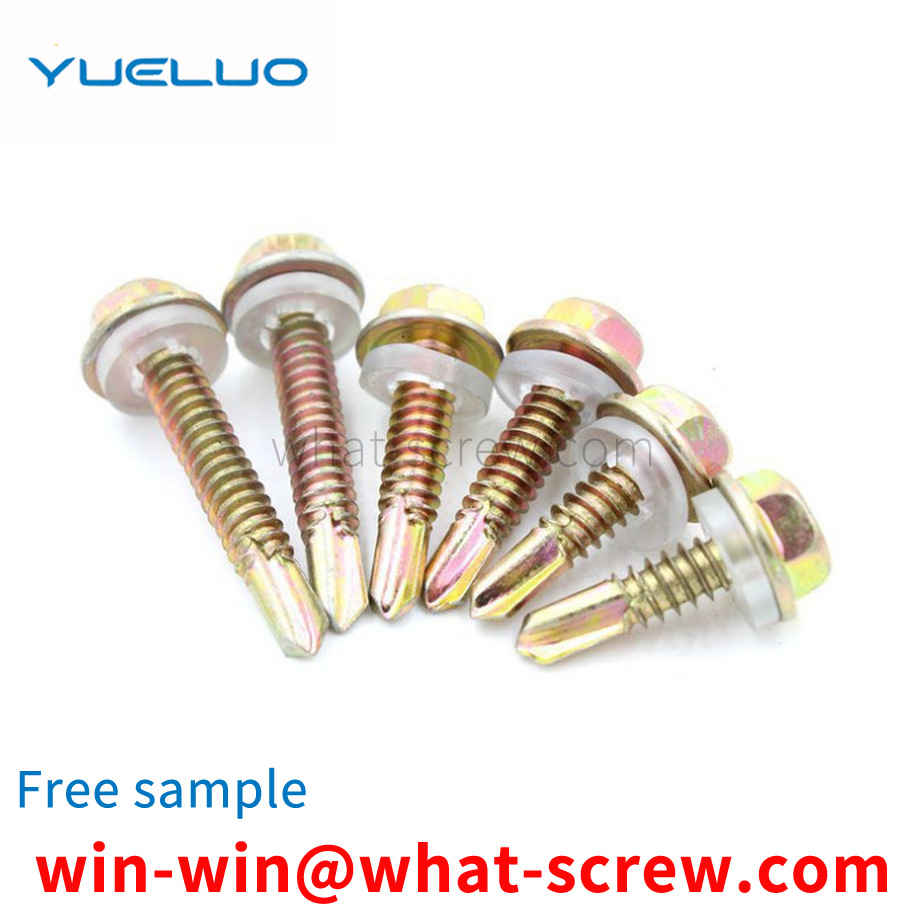
We have more than ten years of experience in the production ...